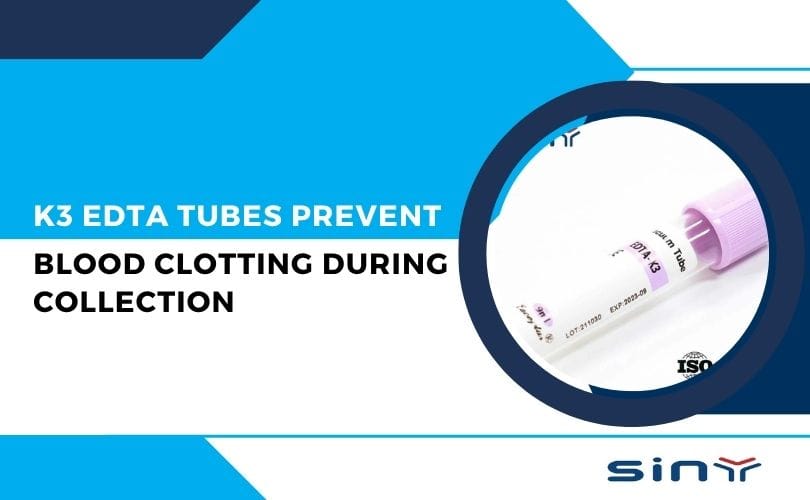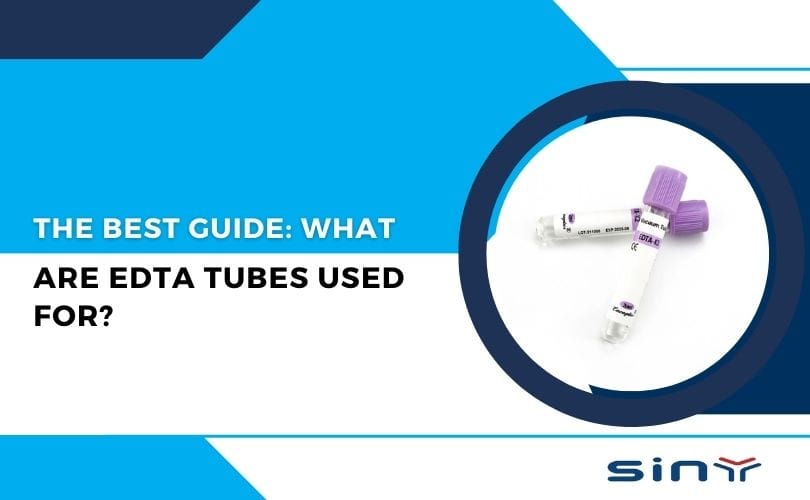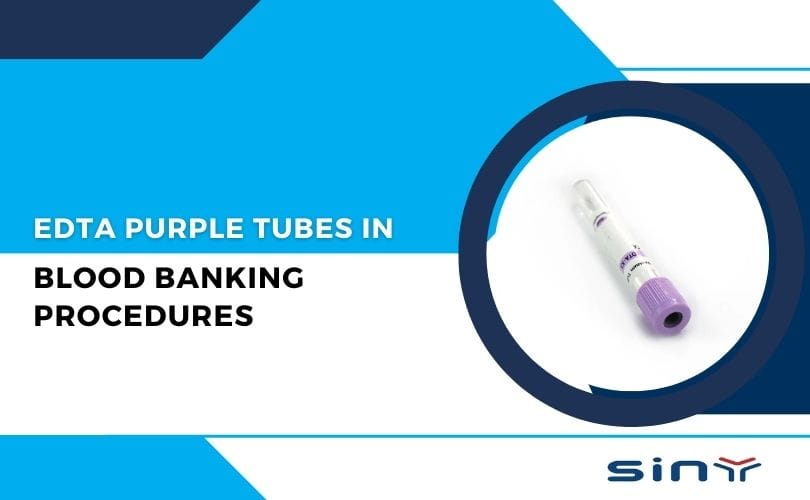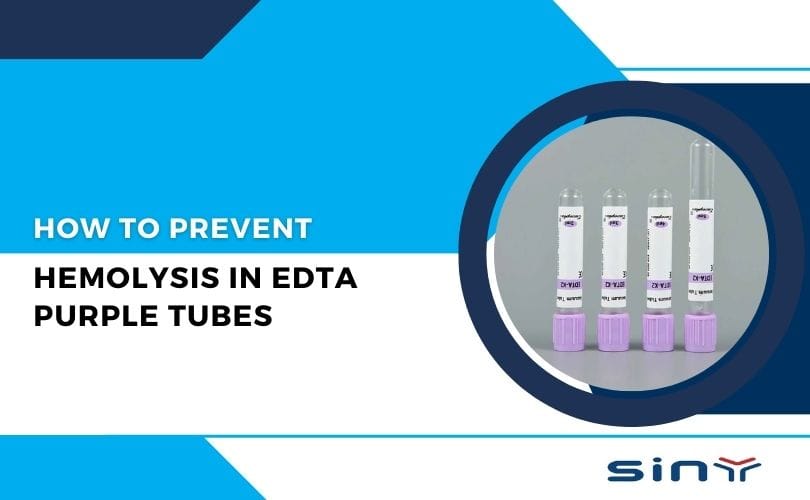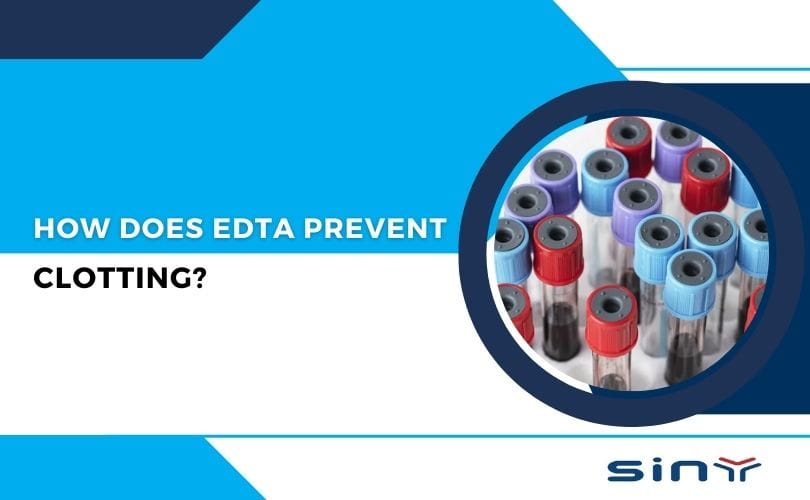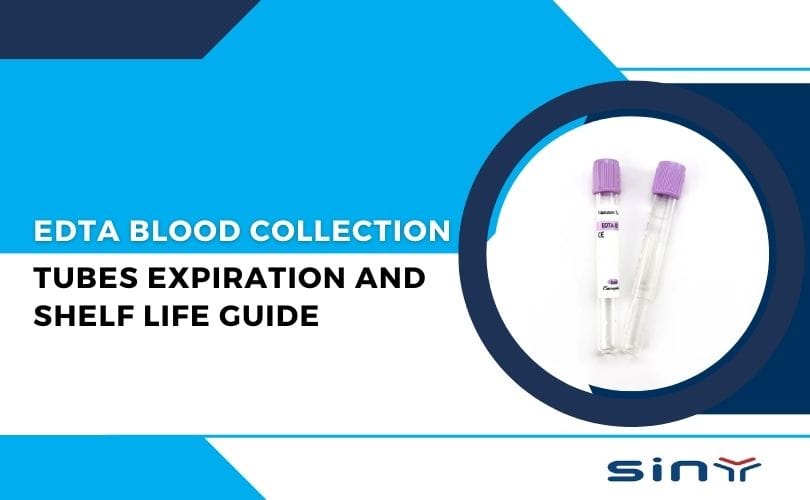K3 EDTA tubes are specialized blood collection tubes used primarily in hematology—the study of blood. EDTA stands for Ethylenediaminetetraacetic Acid, and in this context, the “K3” denotes the potassium salt form used as an additive.
These tubes are coated with tripotassium EDTA, a strong chelating agent that binds to calcium in the blood. Since calcium is essential for blood clotting, removing it prevents clot formation. That’s why these tubes are perfect for tests that require whole blood, such as:
Complete Blood Count (CBC)
Blood typing
Hemoglobin A1c
ESR (Erythrocyte Sedimentation Rate)
Introduction to K3 EDTA Tubes
K3 EDTA tubes are specialized blood collection tubes containing tripotassium ethylenediaminetetraacetic acid (K3 EDTA) as an anticoagulant. These tubes are primarily used for hematology tests, including complete blood count (CBC), blood typing, and molecular diagnostics.
EDTA works by chelating calcium ions, which are essential for the coagulation cascade. Without calcium, blood clotting is inhibited, ensuring that the collected sample remains in a liquid state for accurate testing.
For more details on EDTA tubes, check our guide: What Is an EDTA K3 Tube? A Complete Guide.
How K3 EDTA Tubes Prevent Blood Clotting
Mechanism of Action
- Chelation of Calcium Ions: EDTA binds to calcium (Ca²⁺) in the blood, which is necessary for clotting factors like prothrombin to function.
- Inhibition of Platelet Aggregation: Prevents platelets from clumping together, maintaining blood in a free-flowing state.
- Preservation of Cell Morphology: Helps maintain the shape and integrity of blood cells, crucial for accurate CBC analysis.
Optimal Fill Volume
Underfilling or overfilling the tube can affect test results. The standard 9 mL K3 EDTA tube ensures the correct blood-to-anticoagulant ratio for reliable diagnostics.
For high-quality K3 EDTA tubes, explore our 9 mL K3 EDTA Tube for Blood Collection.
Advantages of Using K3 EDTA Tubes
- Superior Anticoagulant Properties: More effective than sodium citrate or heparin for hematology tests.
- Minimal Cell Shrinkage: Preserves RBC, WBC, and platelet morphology better than other anticoagulants.
- Wide Compatibility: Suitable for automated hematology analyzers and molecular testing.
- Longer Sample Stability: Blood samples remain stable for up to 24 hours when stored properly.
For a full range of EDTA blood collection tubes, visit our EDTA Tubes for Blood Collection page.
Why EDTA is Preferred Over Other Anticoagulants
There are several anticoagulants available, like heparin and sodium citrate, but EDTA is the gold standard for hematology. Here’s why:
Preserves cellular integrity: Red blood cells, white blood cells, and platelets maintain their morphology longer
Prevents platelet clumping: Which could otherwise skew platelet counts
Minimal interference with assays: Ensures accuracy in diagnostics
Heparin, for instance, can alter the morphology of WBCs. Sodium citrate is more suitable for coagulation studies, not hematology. So when it comes to general blood analysis, K3 EDTA tubes are simply the better choice.
You can dive deeper into the topic here: What is an EDTA Tube?
Final Thoughts
To wrap it up, K3 EDTA tubes are more than just lab consumables—they’re critical tools for delivering accurate and reliable diagnostic results. By preventing clotting through calcium chelation, they make blood analysis efficient and trustworthy.
Whether you’re a lab technician, a medical professional, or someone curious about what happens after your blood is drawn, understanding the role of EDTA tubes gives insight into just how precise medical diagnostics can be.
Want to get started or place an order? Visit the professionals at EDTATube.com or Contact the Team for more info.
FAQs
1. How long can blood stay in K3 EDTA tubes without clotting?
Blood can remain stable for up to 48 hours, though most labs process samples within 24 hours to ensure optimal cell morphology.
2. Can K3 EDTA tubes be used for glucose testing?
Not ideal. EDTA may interfere with some glucose assays. For glucose, fluoride tubes are recommended.
3. Why is calcium so important in clotting?
Calcium activates multiple proteins in the clotting cascade. Without it, the entire process grinds to a halt.
4. What’s the difference between lavender and purple caps?
Both refer to EDTA tubes, though cap shades might vary slightly by manufacturer.
5. Where can I buy authentic K3 EDTA tubes?
You can order high-quality, lab-tested tubes from EDTATube.com.

